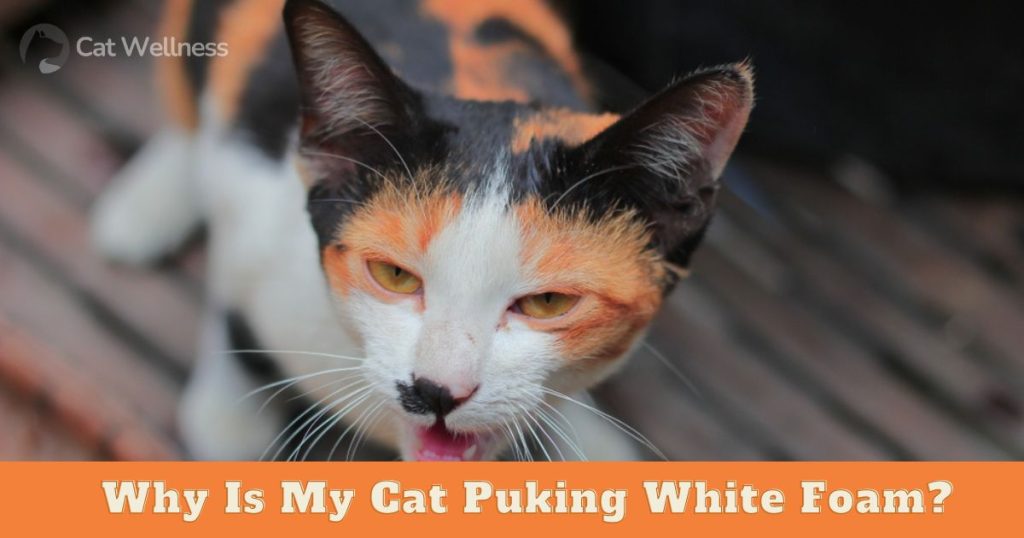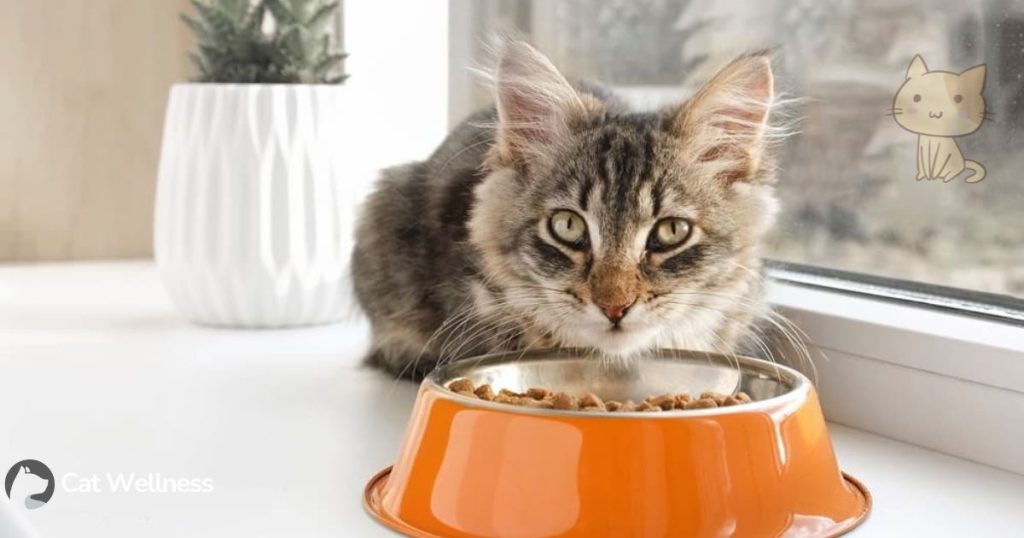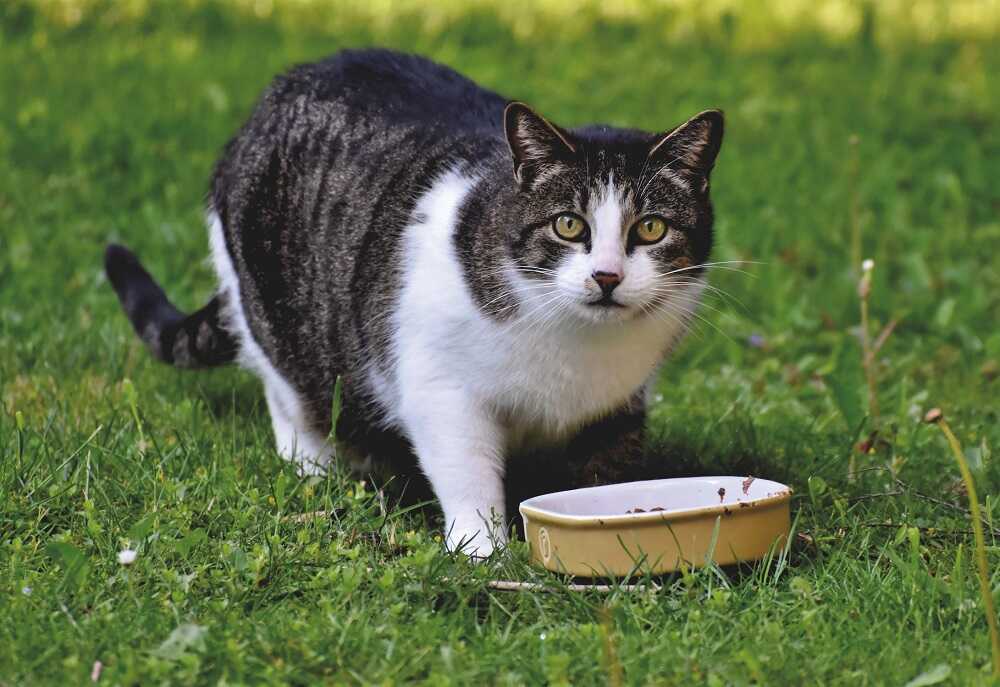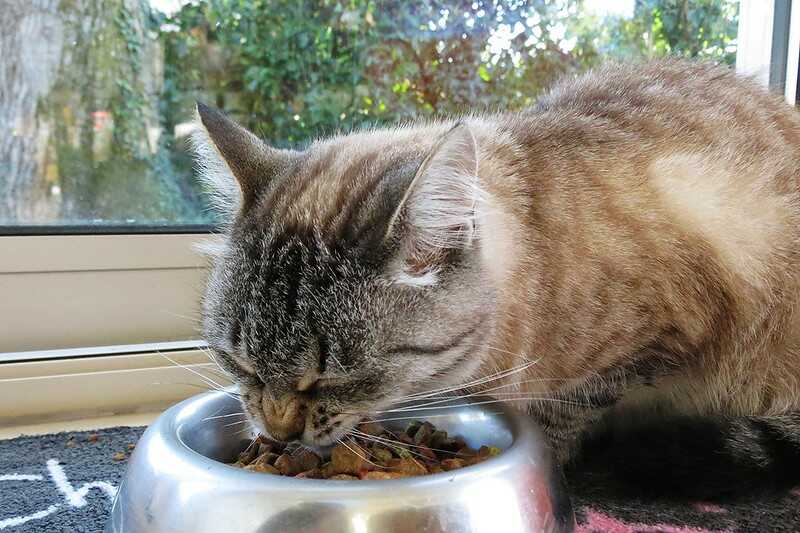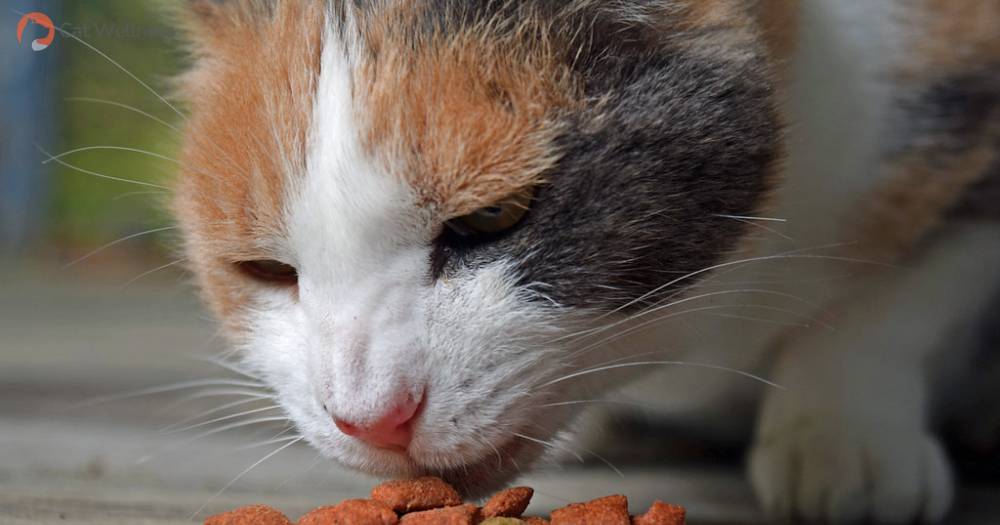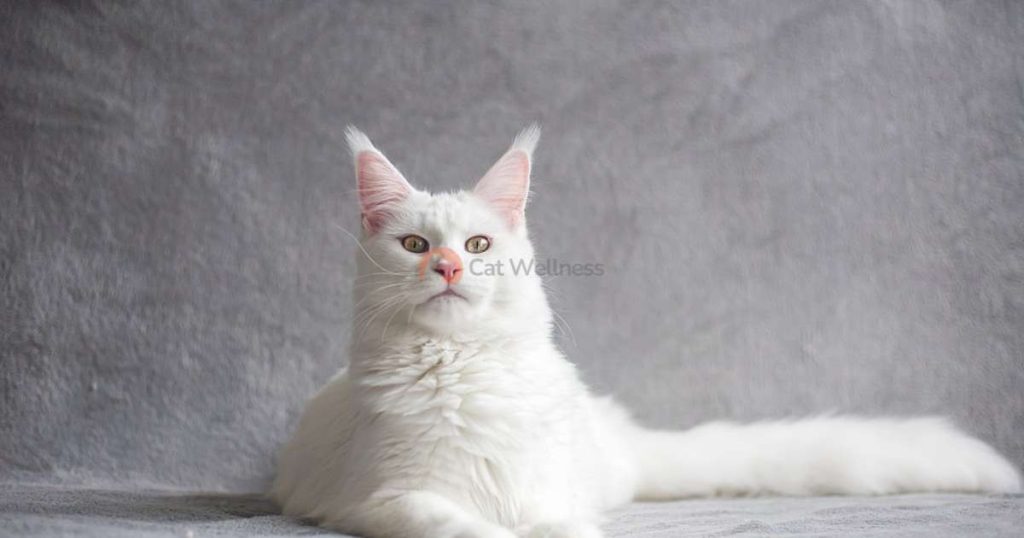Can you freeze cat food? This question is familiar if you have a cat and want to store food for it. What is the right answer?
Yes. You can freeze cat food, including both wet and dry types. In fact, it’s best to freeze the fresh cat food which was left out. Yet, you must place this food in an airtight container, such as lidded glassware, freezer-safe plastic, or a Ziploc bag.
This article can help you understand more about the food-freezing process for your feline.
Keep reading for further information!
Can You Freeze Cat Food?
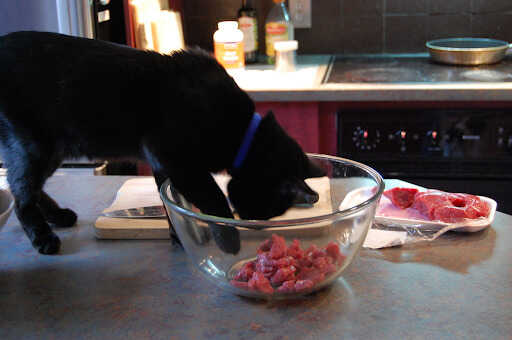
You can freeze cat food
Can You Freeze Wet Cat Food?
You may try freezing wet food for your kitten. Still, remember that it is better for freshly-opened cans to be transferred to suitable containers before starting the freezing process. Freezing sealed cans is not recommended, if not impossible.
When canned liquid freezes, it expands, leading to a burst or crack. At this point, the food can get spoiled if moisture reaches it, and you must discard it. Instead, keep it inside a good and airtight container before you want to freeze.
Can You Freeze Dry Cat Food?
Freezing the dry food like the cat’s small kibbles is also possible. Dry food may have a longer shelf life, more than wet food at first, but freezing still allows it to exist for an extended time of 26 weeks.
Also, you should put the frozen dry cat food inside a new bag and keep it in an airtight container.
Remember to avoid contact with the air or the warm temperature in the room.

Both wet and dry food can be freeze
Related Post: Do I Need To Warm Up Cat Food?
How Should You Freeze Cat Food?
Portion Out The Food
This is one of the most suitable methods to help freeze cat food faster and more easily.
It’s best to organize and arrange the flat patties into one serving size simultaneously and then place them in freezer containers. Both can help you save time when defrosting later since larger foods can take longer to thaw.
Then, if you get them out of the freezer, let your cat eat them one by one. Make sure you measure your cat’s food properly. You must ensure your furry friend can get just enough food so they don’t accidentally overeat.
Use Airtight Container
Keeping the frozen food in airtight containers with a complete seal is a wise move. The best and most popular choice is Ziplock bags, which are economical, available, easy to use, and cheap.
You can pick glass containers as an alternative since they’re plastic-free with a durable lifetime unless accidentally dropped or broken. Besides, sufficient space in the container is important to ensure it doesn’t tear or crack, as frozen food can expand naturally.
Label Your Container
Freezing makes the container cloudy, and it’s hard to see the difference. So, it’s a good idea to label the container before you place it in the freezer.
If you choose a ziplock bag, you can use a permanent marker. Yet, we recommend using stickers on glass or plastic containers.
You can label the package with the contents, quantity, and set date. That way, you can easily follow the “first in, first out” rule, using the oldest frozen packs first so as not to waste any food.
Store Food At The Proper Freezing Temperature
You can store the cat food at a proper freezing temperature. Set the freezer temperature below 0 degrees to keep it in the best condition with optimum quality.
Use Frozen Wet Food In 24 Hours
Feed your pet the wet food within 24 hours of being cooked or frozen to enjoy its quality to the fullest. This can restrict bacterial growth and reduce freezer burns.
Besides, frozen food within 24 hours can maintain its taste and texture.
Immediately Freeze
Use proper storage to freeze the leftover food immediately after your pet has finished its meal. This enables you to store the food longer and maintain its nutrients.
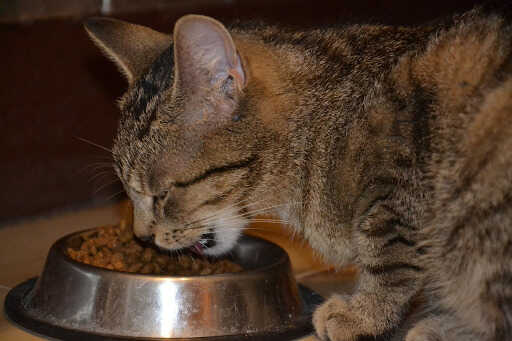
Keep in mind some tips for freezing cat food
Related Post: Can You Microwave Cat Food?
How Can You Defrost Frozen Cat Food?
Thawing cat food for your pet is easy, but it also takes time and planning.
You’ll have to put the frozen food in the fridge several days beforehand. This time is enough for it to thaw completely.
Then, you may offer it to your pet. A few cats can just eat slightly warm food or at room temperature.
To do this, you can microwave the cat food by placing it on the trays and setting the proper temperature within 5-10 seconds for the meal to get consistently warm. The key is not to cook the food to sidestep excessive heat but to reheat it gently.
After feeding your pet, ensure it has enough time to eat. Also, be careful not to leave food unattended or not throw away leftovers to avoid refreezing the food. This can cause some risks for your pet’s health you don’t know.
How To Properly Store Cat Food Without Freezing?
Keep Unopened Bags At Dry And Cool Place
You should find a cool and dry area with low humidity and constant temperature to store the cat’s food bags. This tip will keep moisture, air, and light at bay. Also, it’s useful to prevent the food from spoiling and maintain its freshness longer.
Inspect The Packaging
If you buy food for cats at stores, take a quick look at the packaging first to get a thorough evaluation. This trick will enable you to check whether the bag has tears, scratches, or rips. Once you detect a bag with tears taped to it, avoid purchasing that one.
Even when you place your order online, you must inspect each packaging and notify the customer service staff when you get a bag that fails to protect the food inside.
Avoid Storing Dry Food In the Garage
A garage may be ideal for keeping excess cat food, especially dry. Yet, you shouldn’t do this because it can affect the food’s quality and taste. Maintaining the food for your pet with improper humidity and a consistent temperature in your garage can increase the chances of its spoilage.
Thus, it’s best to store the dry food at proper temperatures below 100°F.
Related Post: Best Soft Kibble Cat Food
Don’t Store Bag On The Floor
Storing the cat food bags on the floor can facilitate the risk of moisture and mold development, spoiling them faster.
So, place the food in an unopened, dry bag off the floor. It’s best to keep them raised to prevent insects, bugs, and rodents from getting into your bag. You may also put your bags on the tall shelves.
Choose Glass Or Metal Containers
Metal or glass containers are the ideal options for storing dry food for the cat. Instead of plastic containers, glass or metal can be odorless to protect the food taste. Besides, these materials are hard to scratch and restrict the bacteria better.
Check The Expiration Date
Should you buy your cat’s food brand in bulk, double-check the expiration date on the bag. You can look for the best use-by date at various places on the bag, such as at the bottom or near the bag’s opening.
If possible, you may also note the expiry date on the front of the food bag with a marker pen to easily monitor which bag you want to use first.
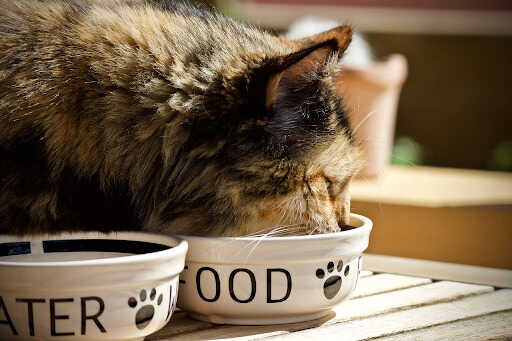
There are other ways to store cat food
Related Post: Do You Add Water To Freeze-Dried Cat Food?
Conclusion
Can you freeze cat food? The answer is yes. Depending on the food, such as dry or wet, you may use this way to store food for your cat better and longer. It’s one of the simplest and safest methods to maintain food’s taste, texture, and nutrients.
Freezing cat food aims to save for later meals if your cat can not consume it. Besides, this restricts the bacteria’s growth which can affect your pet.
Thus, you should consider this method if you have a cat with leftover food. Just remember to choose the right container to keep the food in the proper condition with a complete seal.
Recommended Reading







